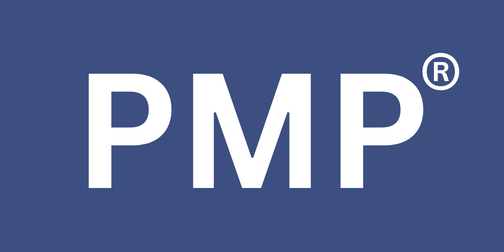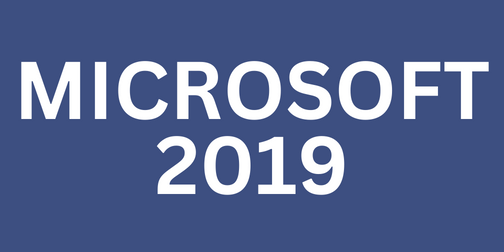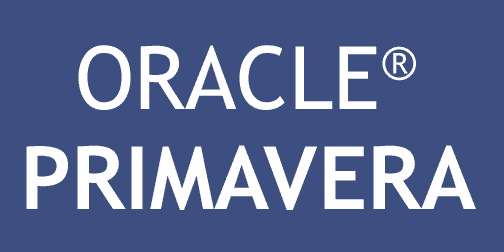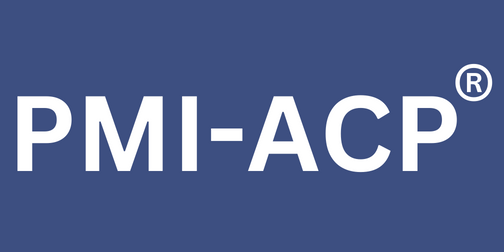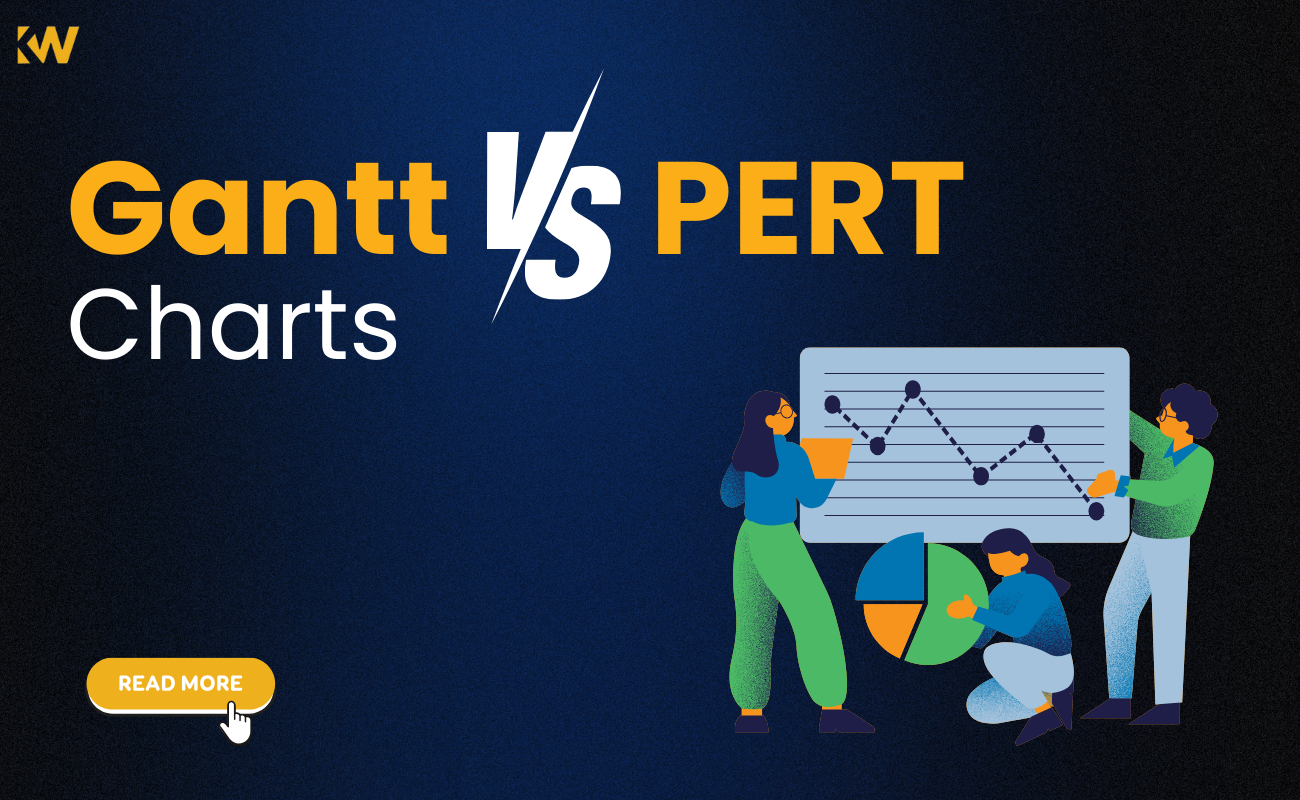
Gantt Charts vs. PERT Charts
Posted On June 13, 2024 - 16:07 PM
Visual tools are vital in the field of project management for organizing, arranging, and monitoring the status of projects. PERT and Gantt charts are two of the most used tools. Both have different features and applications, even though they are both meant to aid in effective project management. This blog post will examine the distinctions between PERT and Gantt charts, as well as the benefits and drawbacks of each tool and when to utilize it.
A Gantt chart: what is it?
Definition
One kind of bar chart that shows a project timetable is a Gantt chart. It makes it simple to see the chronology of tasks and their dependencies by displaying the start and end dates of the various project pieces.
Features
-
Task Duration: The length of a bar, which represents each task, indicates how long the task will take to complete. Dependencies are shown between jobs as lines or arrows.
-
Milestones: Significant dates or due dates are indicated by asterisks.
-
Tracking Progress: Marking completed tasks allows you to see how far along the project is visually.
Benefits
-
Simplicity: Even for people without experience in project management, simple to use and comprehend.
-
Clear Timeline: Offers a concise picture of the project's schedule and due dates. Progress tracking makes it simple to keep track of both finished and unfinished work.
Negative aspects
-
Complexity for Large Projects: When a project has a lot of tasks, it might seem cluttered and difficult to read.
-
Limited Detail on Task Dependencies: Although dependencies are displayed, they may not be as clearly understood as they would be in a PERT chart.
A PERT chart: what is it?
Definition
One tool for project management that is used to schedule, arrange, and coordinate tasks within a project is a PERT (Program Evaluation Review Technique) chart. It emphasizes on the connections between tasks and the essential route to completing the project.
Features
-
Nodes and Arrows: Nodes represent tasks, while arrows show the order and interdependence between tasks.
-
Critical path: The critical path indicates the least amount of time needed to finish the project and the longest path of dependent tasks.
-
Time Estimates: For task durations, provide realistic, pessimistic, and most likely time estimates.
Benefits
-
Detailed Dependency Analysis: Offers an understandable representation of task sequences and dependencies.
-
Project managers: can concentrate on important activities by using Critical Path Identification to help identify the critical path.
-
Flexible scheduling: Because it provides time estimates, it is helpful for projects whose task durations are not guaranteed.
Negative aspects
-
Complexity: If one is unfamiliar with the PERT methodology, it may be more difficult to understand and more complex.
-
Time-consuming: PERT chart creation and maintenance can take a lot of time, particularly for big projects.
Gantt and PERT Chart Comparison: Visualization
Gantt charts make it simple to quickly view the project schedule by using bars to represent task durations along a timeline.
-
PERT Chart: Provides a thorough understanding of task sequences and the critical route by displaying task dependencies using a network of nodes and arrows.
-
Utilization: Gantt charts are more suited for team members and stakeholders that require a brief summary because they are simpler to use and interpret.
-
PERT Chart: Suitable for planners and project managers that need to comprehend the intricacies of task relationships, this chart is more analytical and thorough.
Utilization
-
Gantt charts: work well for projects that have well-defined tasks and a clear timeframe. Perfect for handling easier projects and monitoring progress.
-
PERT Chart: Optimal for tasks with ambiguous durations and intricate dependencies. Perfect for more complicated project planning and management where knowing the critical path is essential.
Tools for Software
-
Many project management programs, including Microsoft Project, Trello, Asana, and others, support both Gantt and PERT charts.
-
These tools frequently enable the production and integration of both kinds of charts, offering flexibility in the management and planning of projects.
When to Utilize PERT vs. Gantt Charts
-
Make Use of Gantt Charts When: A precise and uncomplicated schedule for the job is required.
-
The project's tasks are well specified, as are their durations.
-
You must have easy access to progress and milestone tracking.
-
Stakeholders or team members who favour simple visuals are among the audience.
-
Employ PERT Charts When: There are intricate task dependencies in this project.
-
The lengths of the tasks are unclear.
-
Determining the critical path is crucial to the accomplishment of the project.
-
A thorough examination of work sequences and possible bottlenecks is required.
When to Utilize Gantt Charts:
-
Simplicity: Because Gantt charts are clear and simple to comprehend, a wide range of people can use them, including team members and stakeholders who may not have a strong background in project management.
-
Graphic Clarity: They offer an easily understood graphic timeline of the project that includes milestones, start and end dates, and task durations.
-
Gantt charts: are a great tool for tracking progress since they make it easy to see which activities are finished, ongoing, or pending.
When to Utilize PERT Charts:
-
Comprehensive Dependency Analysis: PERT charts provide a thorough perspective of job sequences and dependencies, which is essential for comprehending the structure of the project and spotting possible bottlenecks.
-
Finding the Critical Path: They assist in locating the longest chain of interdependent tasks, or the critical path, which establishes the lowest feasible project duration.
-
Flexibility: PERT charts are helpful for projects with ambiguous durations because they include time predictions that are optimistic, pessimistic, and most likely.
In summary
PERT and Gantt charts are both effective project management tools, each with advantages and disadvantages. Knowing how one tool differs from the others and when to use it will help you plan, schedule, and manage projects more efficiently. Whether you go for a PERT chart's in-depth analysis or the Gantt chart's simplicity, the important thing is to use the appropriate
for the particular requirements of your project. You can make sure your project stays on schedule, fulfils deadlines, and effectively accomplishes its objectives by doing this.
Check out this blog : Time Management Techniques for Busy Project Managers












